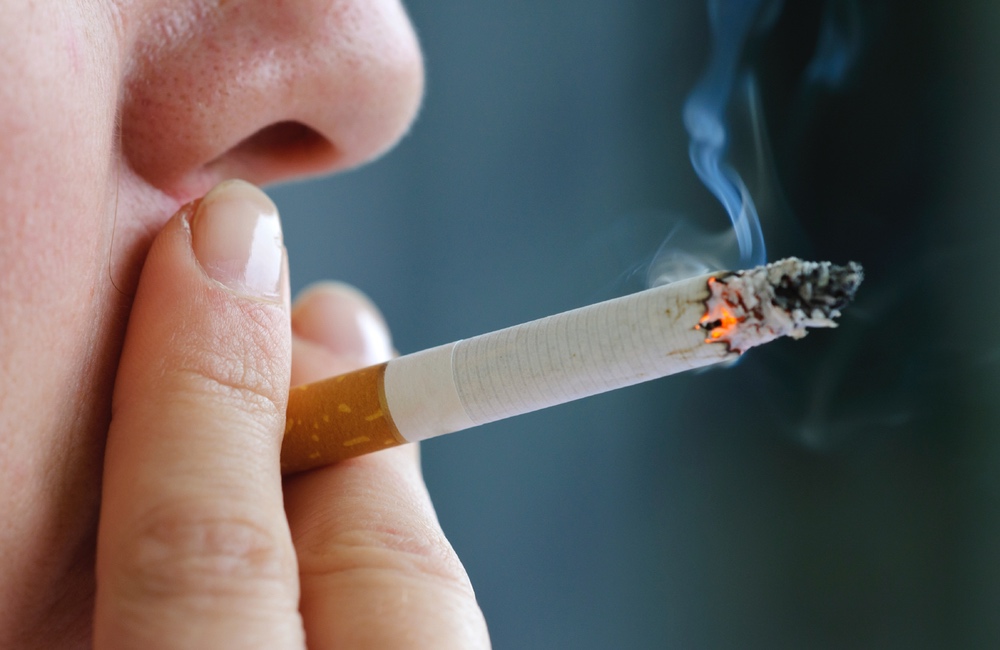The dangers of secondhand smoke have long been documented, and parents have been advised not to smoke near their children. And most comply. But it now appears that even before a baby is born, secondhand smoke can cause problems that can go on to affect lung function in children as old as six, according to new research from Harvard Medical School and Brigham and Women’s Hospital.
Four hundred seventy-five mother and child pairs were followed over the course of pregnancy and early childhood. The mothers were all recruited at between ten and eighteen weeks of pregnancy and interviewed both during their pregnancies and at one, three and six years following the birth of their children. They also completed questionnaires about household smoking at set intervals over the first six years.
To determine the level of nicotine exposure to gestating fetuses and children in the study, the research team measured the levels of cotinine, the primary metabolite of nicotine, the main addictive chemical in tobacco smoke.Both mothers' active smoking and that of others in the home were were connected with increased levels of cotinine in children's blood up to age to six years; the higher cotinine levels were also associated with decreased lung function in children.
Both active smoking by the mother and smoking by others in the home were associated with increased levels of cotinine in the blood for children from birth to six years. These higher cotinine levels were associated with decreased lung function in children, as determined by a new spirometry and impulse oscillometry technique.
“[M]ost of the exposure, especially during pregnancy, was secondhand,” lead researcher, Hanna Knihtilä, Channing Division of Network Medicine at Brigham and Women's Hospital and Harvard Medical School, said in a statement, adding that the finding suggests “that even small amounts of exposure from secondhand sources can have detrimental effects on children's lung function.”
This study, presented at the annual conference of the American Thoracic Society, is the first of its kind to follow a cohort of mothers and children over the first six years of life and collect complete data sets about nicotine exposure and subsequent lung function in children.
The dose and duration of exposure mattered: cumulative effects from in utero and early childhood tobacco smoke exposure were found to result in the largest decreases in lung function.





